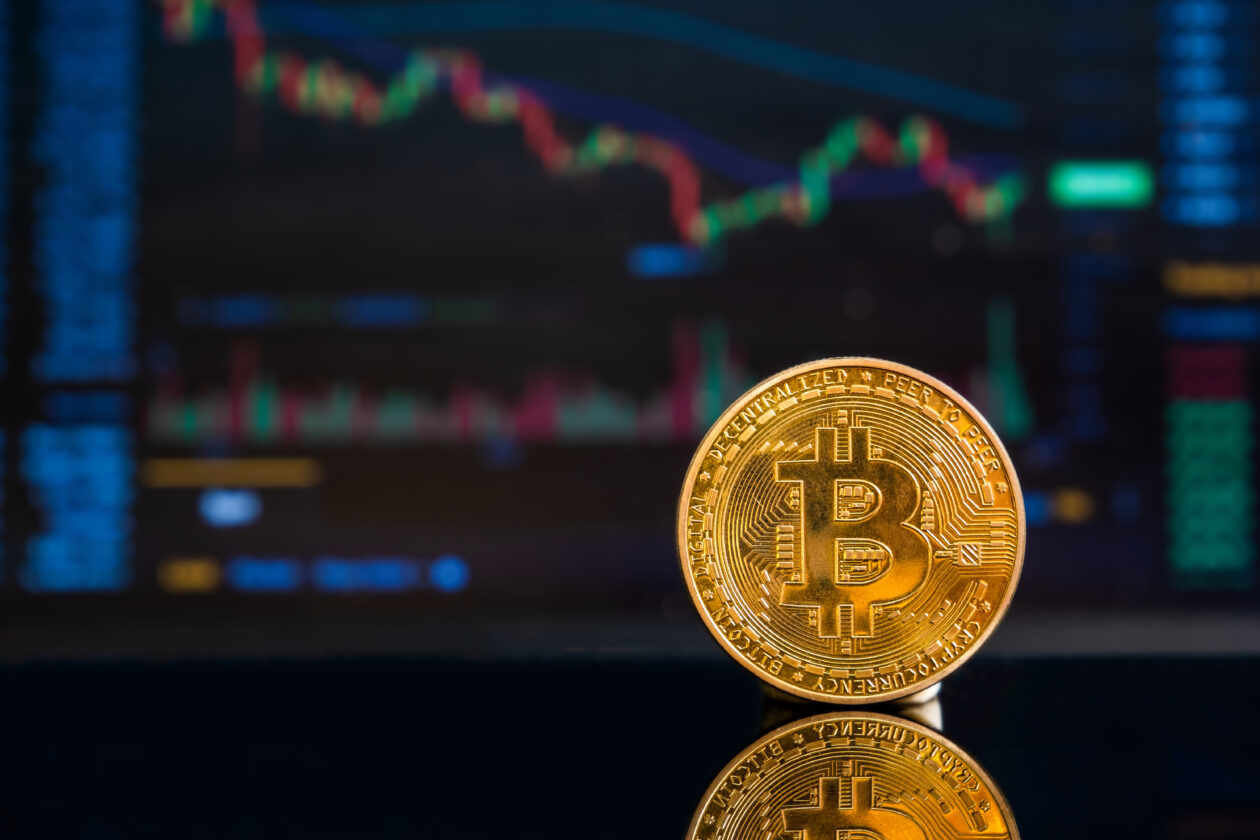Bitcoin continued to rally past US$30,000, with Ether and all other top 10 non-stablecoin cryptocurrencies gaining in Tuesday afternoon trade in Asia. Solana was the biggest gainer with 11.09%. Asian equity markets mostly rose after traders returned from the Easter holiday and remained positive on soft inflation data from China.
See related article: Ethereum blockchain upgrade unlocks US$34 billion in Ether, what does it mean for crypto prices?
Fast facts
- Bitcoin strengthened 6.46% to US$30,128 in 24 hours to 4 p.m. in Hong Kong, and rose 7.51% in the last seven days, according to CoinMarketCap data. The value of the world’s largest cryptocurrency by market capitalization is at its highest since June 2022, as investors perceive it as a safe haven amid recession and inflation.
- Ethereum rose 3.36% on the day to US$1,923, and increased 6.13% on the week. The gains come ahead of the blockchain’s Shanghai upgrade scheduled for April 12 at 22:27 UTC (April 13, 6:27 a.m. in Hong Kong). The upgrade is expected to enable the withdrawal of around 18 million staked Ether (US$34.5 billion) — or about 15% of the total supply.
- A survey of 700 ETH traders, investors and developers by crypto exchange OKX showed that 83% of those surveyed expect more ETH to be staked in the next three months, while 63% of respondents predict that ETH will hit a new record high of over US$5,000 by the end of 2023.
- Solana gained the most among top 10 cryptos, rising 11.09% in 24 hours to US$22.49, bringing its weekly gains to 9.54%.
- The global crypto market capitalization rose 4.75% to US$1.24 trillion, while the total crypto market volume increased 66.11% to US$48.47 billion in the last 24 hours.
- The Forkast 500 NFT index rose 0.31% to 3,945.34 points on the day but slipped 1.93% during the week. The index is a proxy measure of the performance of the global NFT market and includes 500 eligible smart contracts on any given day.
- Asian equity markets mostly gained on Tuesday, after China’s annual inflation unexpectedly came in at 0.7% in March, the slowest pace since September 2021, due to gradual economic recovery after removal of zero-Covid policy.
- The Shanghai Composite lost 0.05% while the Shenzhen Component Index rose 0.04%. Hong Kong’s Hang Seng Index gained 0.76% and Japan’s Nikkei 225 strengthened 1.05%.
- European bourses gained on Tuesday, as markets resumed after the Easter break. The STOXX 600 rose 0.66% and Germany’s DAX 40 inched up 0.86% to 15,732 points to its highest since January 2022.
- Investors are anticipating the release of March U.S. inflation report on Wednesday and the start of the corporate earnings season from Friday. Investment banking giant Goldman Sachs warned that this could be the worst earnings season in years, as companies grapple with high inflation and rising borrowing costs.
- The U.S. dollar index fell 0.47% to 102.08 points following Friday’s payroll data. The euro rose 0.55% to US$1.09, trading close to its two-month high.
- Gold rose 0.73% to US$2,004 per ounce on Tuesday, while the U.S. dollar eased ahead of March inflation data.
See related article: Ethereum’s Shapella upgrade is imminent – and investors are excited
(Updates to bullets one, two and seven.)

